Retro Replay Review
Gameplay
Marauder delivers a tense, room-by-room infiltration experience that keeps you on your toes from the very first encounter. You begin each level in a randomly chosen chamber, immediately tasked with navigating corridors, dodging patrol paths, and engaging four heavily armed attack robots. The core objective is straightforward—locate and destroy the power center before the countdown timer expires—but the execution demands quick reflexes and strategic planning. Every movement matters when hostile machines abound and every second you save becomes bonus time for the next level.
The pacing of Marauder is its most compelling feature. As you neutralize the power center, any remaining time is banked to face the next wave—where robot numbers and aggression steadily increase. This escalating challenge loop fosters a satisfying risk-and-reward cycle: do you press forward to shave seconds off your run, or play it safe to conserve health? The occasional appearance of “magic armor” injects a thrilling power spike, granting temporary invulnerability and encouraging bold, speed-run–style play.
Controls are tight and responsive, whether darting between cover points or lining up precision shots at the power core. While combat is primarily about shoot-or-avoid tactics, the level layouts introduce enough variety—dead ends, choke points, and branching corridors—to keep each playthrough feeling fresh. The Apple II/Atari 8-Bit versions even add a second gameplay phase, expanding the overall structure and rewarding veterans with new patterns to learn.
Replayability is high: the random room selections, progressive difficulty, and the lure of high-score chasing ensure that no two runs are exactly alike. For both short bursts of arcade-style action and extended marathon sessions, Marauder’s gameplay loop remains consistently engaging and addictive.
Graphics
Graphically, Marauder channels the aesthetic charm of early 1980s home computer titles, favoring clear, utilitarian visuals over ornate detail. Each room is meticulously designed with contrasting wall textures and floor patterns, ensuring that environmental hazards and exit pathways are always readable at a glance. The power center itself stands out with a glowing, multi-colored motif, instantly drawing your eye amid the metallic corridors.
The attack robots are rendered with crisp sprite work that belies the technical limitations of the era. Simple animation frames breathe life into their movement—metallic joints pivot convincingly, and muzzle flashes punctuate each shot. Despite a modest color palette, the game uses bold primary hues to differentiate key elements, such as health indicators and invulnerability pickups, making crucial information readily apparent.
On the Apple II and Atari 8-Bit platforms, an enhanced color scheme and smoother transitions between rooms help the game feel more polished. Subtle shadowing effects and expressive explosion animations elevate the sense of impact when you blow the power center sky-high. Though you won’t find photo-realistic textures here, Marauder’s visual clarity and consistent frame rate ensure every firefight remains fast-paced and frustration-free.
Overall, the graphics serve the gameplay superbly—prioritizing function without sacrificing style. For fans of retro shooters, the nostalgic pixel art will feel both familiar and refreshingly sharp on modern displays.
Story
At its core, Marauder’s narrative is elegantly simple: you are a lone commando dropped onto an alien world overrun by autonomous war machines, with a singular directive to cut their power at its source. There are no lengthy cutscenes or scrolling text blocks—storytelling is woven directly into the action. Every blast, every corridor cleared, and every timer beaten pushes the mission forward, letting you feel like an unstoppable force against a cold, mechanical foe.
Despite minimal exposition, the game’s premise evokes a classic sci-fi atmosphere. The sterile corridors, ominous hum of charging circuits, and the constant countdown clock combine to create a palpable sense of isolation and urgency. You become the last line of defense for your homeworld, each new wave of robots representing an existential threat that must be neutralized at all costs.
The occasional magic armor pickup introduces a hint of mysticism into the sci-fi setting, suggesting advanced technologies—or even alien artifacts—lurking within the base walls. This small narrative flourish deepens the world without derailing the high-octane action. For players who crave a richer backstory, the game’s manual and box art fill in additional lore, but Marauder’s in-game events stand on their own as a compelling, bite-sized adventure.
In a market often overcrowded with sprawling space operas, Marauder’s lean storyline is a welcome change—fast, direct, and always driving you toward the next explosion.
Overall Experience
Marauder succeeds by distilling action-shooter essentials into a tight, endlessly replayable package. Its room-based design, escalating robot threats, and time-bonus mechanic create a satisfying feedback loop that rewards both careful strategy and lightning-quick reflexes. Whether you play for five minutes or five hours, the game’s loop never feels stale.
The fusion of functional retro graphics with solid audio cues ensures that every firefight feels impactful. The simplicity of the premise—ram through rooms, shoot the core, grab bonus time—belies a surprisingly deep challenge curve that veteran players will appreciate. The addition of the second phase in the Apple II/Atari 8-Bit versions adds valuable depth, making those editions particularly appealing to collectors and retro enthusiasts.
While modern gamers accustomed to sprawling open worlds might find Marauder’s scope modest, its relentless pace and pure arcade sensibility shine brilliantly. This is a title designed for high-score chasers, nostalgia buffs, and anyone seeking a distilled sci-fi shooter experience without the frills. If you prize tight controls, escalating challenge, and a straightforward, mission-driven setup, Marauder will deliver hours of pulse-pounding fun.
For potential buyers, the question is not whether Marauder has depth—it has just enough to keep you coming back—but whether you’re ready for a fast-paced, retro-style gauntlet where every second counts. If that sounds like your kind of battle plan, Marauder is well worth your time.
 Retro Replay Retro Replay gaming reviews, news, emulation, geek stuff and more!
Retro Replay Retro Replay gaming reviews, news, emulation, geek stuff and more!
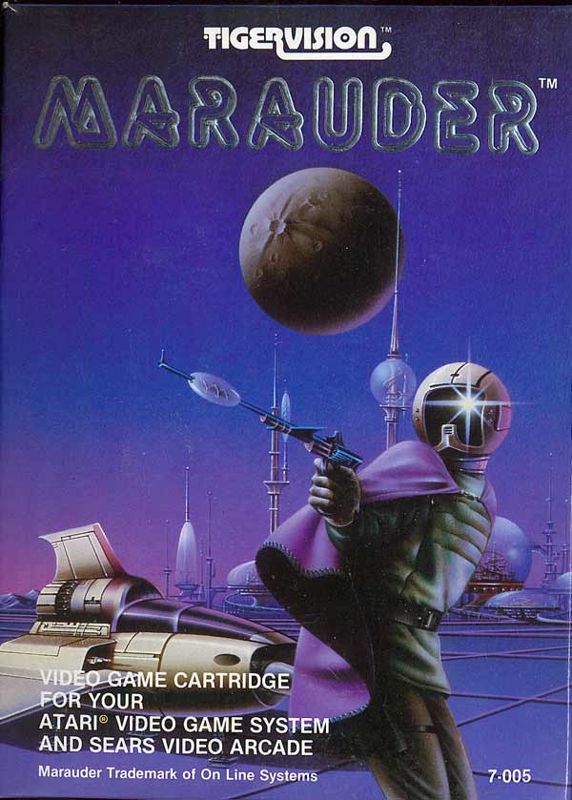


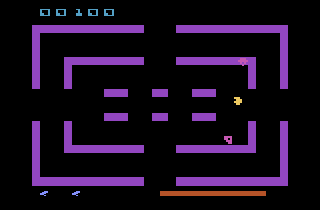
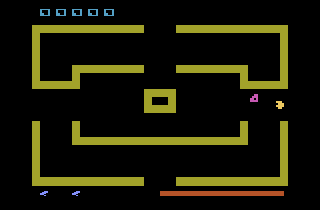
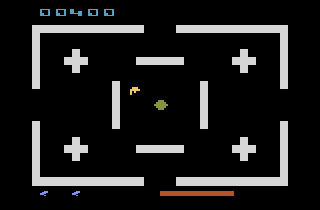
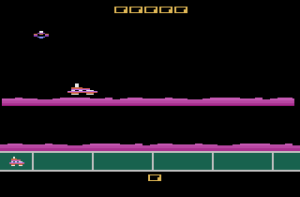

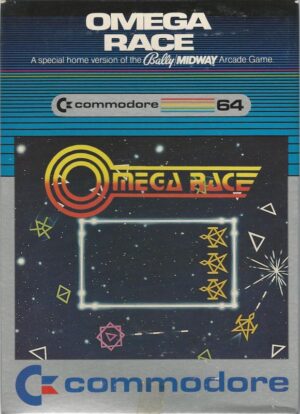
Reviews
There are no reviews yet.